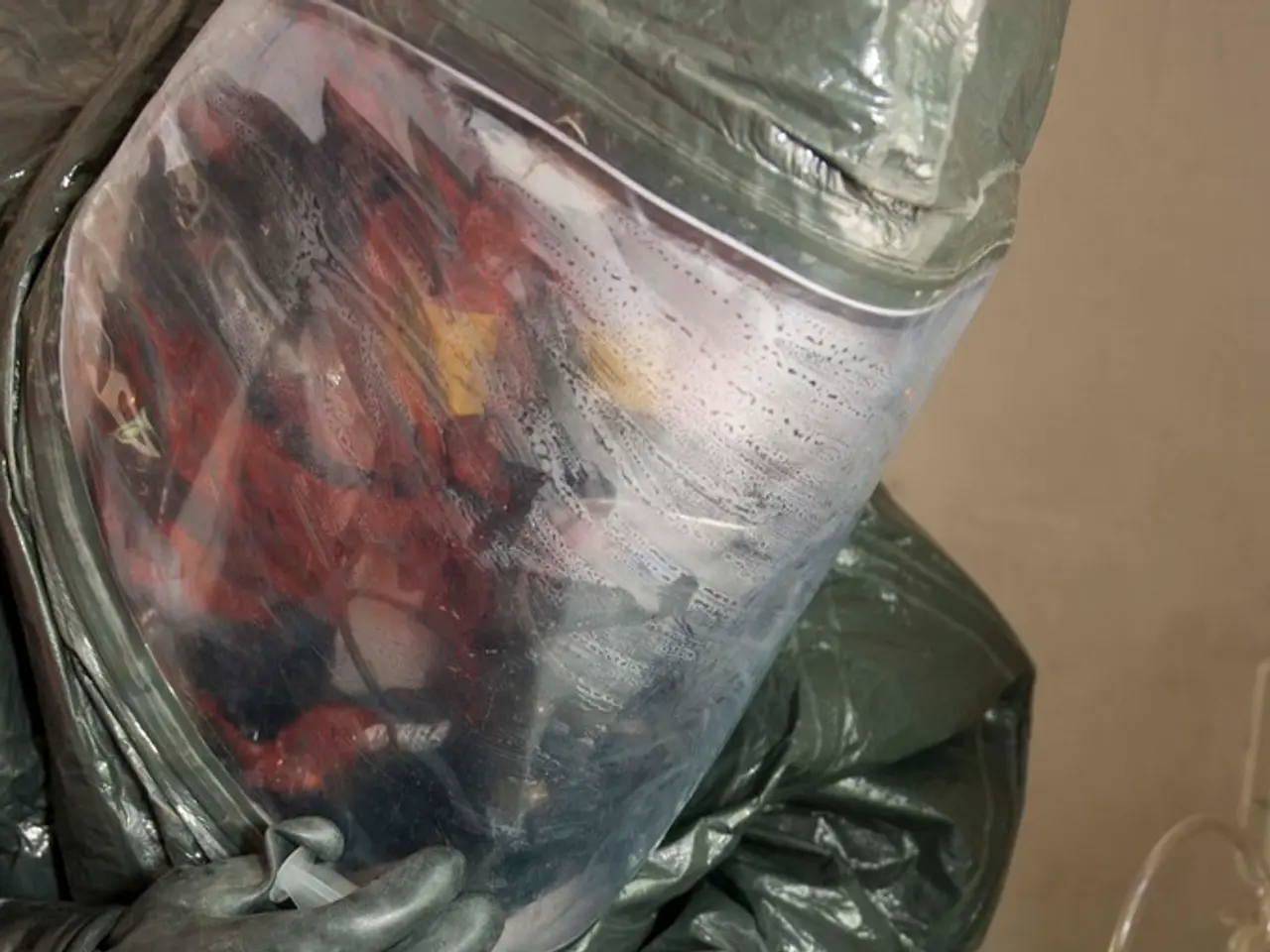"Regulation change in EU permits removal of 100ml limit for carry-on liquids"
In a significant development for air travel, European airports are gradually phasing out the 100-milliliter liquid limit in carry-on luggage. This change is being facilitated by the deployment of advanced security scanners capable of detecting liquid explosives in larger containers.
The European Commission confirmed the plan to end the 100-ml rule once new explosive detection screening technology is fully approved and deployed. A screening solution passed tests and was approved by the European Civil Aviation Conference (ECAC) in June 2025, enabling airport manufacturers to submit their new screening equipment for official EU approval.
These new scanners, using the medical technology of computed tomography (CT), are being deployed by various airports across Europe. Some of the first to adopt this technology include Rome, Milan, Berlin, Amsterdam, Birmingham, and Edinburgh. However, the full EU-wide rollout depends on further equipment approvals and airport investments, meaning a patchwork situation persists for now.
The devices, manufactured by Smiths Detection, can deliver hundreds of images of the luggage without losing speed. This enables three-dimensional views and layer-by-layer scanning of the luggage contents at the control screen. The scanners can detect both solid and liquid explosives, potentially allowing passengers to carry larger bottles in their carry-on luggage.
Individual airports are adopting the new scanners and relaxing the liquid restrictions at different paces as they install and certify the technology. For instance, Munich Airport has the necessary scanners but needs to adapt the software, which will be postponed to an unknown date. Berlin Brandenburg Airport is in the process of implementing software updates for these new scanners.
However, the end of the 100-milliliter container rule may still take some time in Germany due to the use of old devices and the unpredictability of which technology will be used for each passenger. The exact timeframe for the implementation of the new scanners at Berlin Brandenburg Airport is not yet known, and only the final approval by the Federal Police is needed after the required software is equipped.
Passengers are advised to check with their departure and arrival airports for current liquid limits, as inconsistent standards remain during the transition. Travelers should be aware that the 100 ml limit may still apply for their return journey if it takes place at an airport that has not yet implemented the new technology.
The funding for the control devices could be the responsibility of the airport operators themselves, the Federal Ministry of the Interior, or the state air safety authorities, depending on who is responsible for implementing the controls. The exact timeframe for the entire Frankfurt Airport to be equipped with the new technology is not yet known.
Last summer, doubts about the reliability of the luggage scanners arose, and the EU ordered further checks. Despite these concerns, the European Union has approved the use of more powerful scanners that can detect liquid explosives in carry-on luggage.
In the UK, which has its own regulation, Birmingham Airport was the first major hub to lift the 100ml liquid limit in summer 2025, followed by Edinburgh Airport, which completed an upgrade with new scanning technology. London Heathrow has not yet widely implemented the new scanners or lifted the rule as of July 2025.
The EU Commission estimates that around 700 devices using the currently approved technology are already in use or being installed at airports in 21 European Union countries. The spokesperson for the airport association ADV did not specify which airports aim to phase out the liquid restrictions.
In conclusion, the end of the 100ml liquid rule in European airports is underway but not yet fully realized. The gradual rollout of these advanced scanners will bring about a significant change in the way liquids are screened at airports, making the travel experience more convenient for passengers while maintaining high security standards.
- As the European airports continue to implement advanced scanners for detecting liquid explosives, a more relaxed lifestyle for travelers may emerge, as they can potentially carry larger bottles in their carry-on luggage, making the travel experience more convenient.
- Despite some airports in Europe, such as Berlin Brandenburg Airport, yet to completely phase out the 100-milliliter liquid limit due to software adjustments and unpredictable technology implementations, the gradual rollout of these scanners signifies a significant shift in air travel lifestyle towards a more convenient and secure journey.




